As You Dislike It: “American Pastoral” in the Age of Late Boomerism
By Jake Goldstein
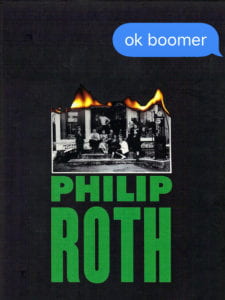
It can be difficult, as young Americans, to empathize with the psychology of our parents’ generation. We seemingly live in two different worlds, and ours, by all accounts, is the real one: cynical and digital, disillusioned and nihilistic, sad and broke, an inherited mess made bleak by the countless transgressions of our older, wiser counterparts. We have a bone to pick, and it seems only reasonable given the present state of things. The globe is warming, the news is fake, we don’t get paid enough, and we’ll never own a home. When the climate apocalypse inevitably comes, we will die in the same small apartments we received our first meager pay stubs in; washing away in the Flood, we will take with us only our few worldly possessions and our final rent-checks, made out to Jeff, 62, who’s owned this block since the ‘80s and whose coked-out failure of a son blasts “The Eminem Show” late into the weeknight.


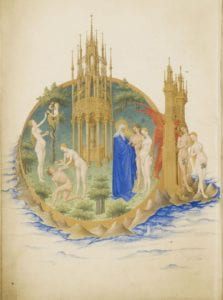
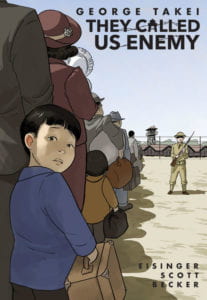 By Hannah Bub
By Hannah Bub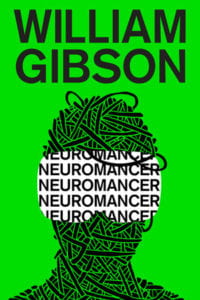
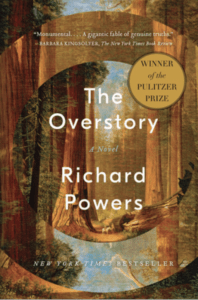 By Zach Tomci
By Zach Tomci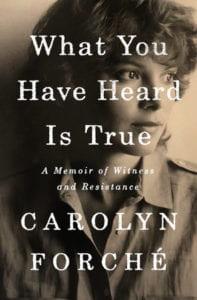 By Nicolette Natale
By Nicolette Natale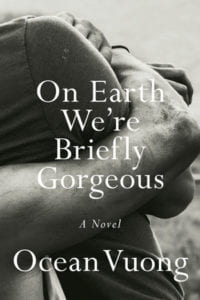
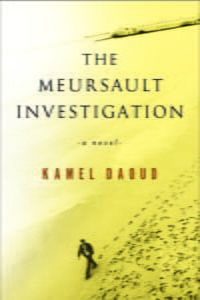 By Cora Lee Womble-Miesner
By Cora Lee Womble-Miesner